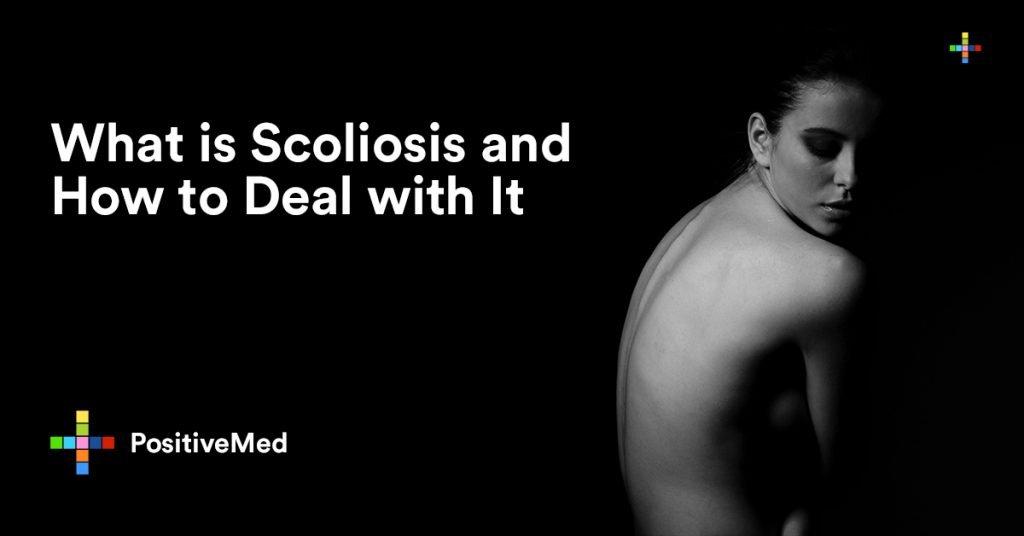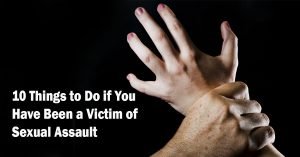Scoliosis is a fairly common and life-long problem that affects the spine, making it grow sideways and “off center.” Despite affecting approximately 5% of children and 3% of the general population, the exact causes of Scoliosis are still not well-understood. It usually affects the shape of the spine and triggers a lot of back pain. Sadly, patients who are diagnosed with this condition are told it is idiopathic, which means its causes are unknown and thus its treatment can be very difficult.

The History of the Mysterious Disease
For many years, doctors could not understand the cause of this condition and thought it was difficult in coming up with a cure. There is no definitive cure for Scoliosis. However, researchers have in recent years discovered that the best way to deal with this condition is to reduce its symptoms. This is along with preventing its proliferation by addressing the underlying cause. All these aim at eradicating the spinal problems that form at its root.
Treatment Options of Scoliosis
Although there are techniques that can help ease the symptoms associated with Scoliosis, they have potential risks and fail to address the underlying cause of the problem. They include:
• Anti-inflammatory prescription medications
• Bracing techniques
• Spinal fusion surgery
• Chiropractic adjustments
• Spinal exercises
Symptoms of Scoliosis
Scoliosis symptoms usually start to show during adolescent years. This is usually during the growth surge around puberty. Nevertheless, some older adults who experience back pain are also diagnosed with Scoliosis for the first time. Signs and symptoms associated with Scoliosis include:
• Back pain: About 90% of patients with Scoliosis report pain in the back, which happens to be the main concern for patients with this condition.
• Bending of the body toward one side.
• One blade of the shoulder appears higher than the other.
• An uneven waistline.
• One hip seems raised than the other.
• The head is off-center above the shoulder and can appear directly above the midline or pelvis.
• The spine grows sideways and develops into a “C” or “S” shape. According to studies, the S-shaped curves worsen more than the C-shaped curves.
• Difficulty in maintaining the body balance.
• Acute numbness or tingling sensations in the limb, toes, and fingers.
• Heightened aging of spinal discs.
• A decrease in lung volume.
• Anxiety and psychological distress particularly in children and teens.
Scoliosis Facts
• Scoliosis is the top-most spinal problem that affects school-aged children. It is usually diagnosed between the age of 10 and 15 years.
• According to reports, about 80% of patients with Scoliosis receive idiopathic diagnoses, which means there is no definitive cause or cure. This leaves many patients and concerned persons frustrated and uncertain, but there are hopes some natural remedies can come to the rescue.
• The exact causes of Scoliosis are still unknown, but some factor that can contribute include spinal injuries, birth defects, and muscle or nerve malfunctions.
• The majority of patients and their concerned family members are only given any of the three treatment options: wait to see the spine progression, spinal bracing, or spinal surgery. All these options come with drawbacks.
• Patients with Scoliosis suffer a 14-year reduction of their life expectancy on average. This is mainly caused by strain on the heart and reduced oxygen supply to the body. Scoliosis is also linked to lung impairment, headache, digestive disorders, chronic disease, and pain in hips, knees, and legs.
Development of Scoliosis
Normally, Scoliosis is a manifestation of a major underlying biological problem. It usually triggers a mechanical dysfunction of the spine. Nevertheless, the extent to which this impacts the alignment and curvature of the spine varies from one patient to the other. Scoliosis treatment techniques work effectively when they are personalized and taking into account the patient’s history. However, there are a few things that appear to work well in the majority of patients with this condition:
• Diet improvement
• Undergoing chiropractic treatment
• Practicing exercises that target the spine
Patients with Scoliosis may experience a wide range of symptoms and severity based on the progression of the disease. Spine curvature, degree of damage, and bone density vary from one patient to the other. Although many patients exhibit some signs of abnormal spinal alignment, doctors are less concerned unless the curvature is off by more than 10 degrees.
Related Link: Less Common Multiple Sclerosis Symptoms You Should Know About
Scoliosis Prevalence and Risk Factors
For decades, there have been many theories in circulation about, but there are some several things Scoliosis patients have in common:
• Consumption of poor diets with low nutrients, especially magnesium, vitamin D, and vitamin K.
• Hypermobility (sunken chest or being double-jointed)
• Poor body posture
• Hormonal problems and delayed puberty in teens
• Low estrogen levels and being post-menopausal for women.
• Being elite or competitive athlete (which can result to low body weight, nutrient deficiencies, and weak bones)
• Genetic predisposition that affects the spine and bones health.
Natural Scoliosis Treatment
Over the years, researchers have learnt that that “watching and waiting,” bracing techniques, and spinal surgeries to deal with Scoliosis are risky and not always effective. Lately, studies have shown that osteopathic manipulative and chiropractic therapy, along with tissue massage and physical therapy can significantly reduce Scoliosis symptoms. These techniques should be tailored for every patiently to help in strengthening the core.
Fortunately, there are lifestyle changes which when combined with chiropractic care can help in Scoliosis treatment.
1.Seek treatment at an early stage: Instead of waiting to see the direction your Scoliosis takes, seek early intervention and neuromuscular retraining even if the spinal curve is less than 10 degrees. Studies indicate that early intervention can reduce a child’s spinal curve and Scoliosis progression.
2. Avoid Forward bent-head position: Patients who text frequently in this posture tends to worsen their Scoliosis. It inflicts pressure and compresses blood vessels on the spinal cord.
3. Avoid swimming competitively: Swimming frequently causes the thoracic spine to flatten, which drives the progression of the curve.
4. Avoid football: Sports and Scoliosis are not a good fit. Being a high-contact sporting event, football can trigger traumatic body and spine injuries.
5. Mind your sleeping posture: The worst you can do with Scoliosis is sleeping on your stomach. This position causes the thoracic spine to flatten.
6. Avoid torso extensions: Avoid exercises that make your vertebrae to rotate. These include dance maneuvers, high jumps, gymnastics, backbends, and certain yoga positions.
7. Avoid marathons: Running for long distances with Scoliosis can pose several spine problems such as spinal compression which drive Scoliosis progression.
8. Use a quality mattress: Find a medium-firm mattress and avoid cushiony mattress pads. You can use extra pillows to improve your comfort.
9. Keep moving: Avoid sitting or standing in one place for too long. This can stretch your spine. Instead, take a walk and stretch regularly. Plus, take a chair with great support if you keep sitting for the better part of the day.
10. Stretch regularly: Stretching is an effective method of mitigating pain and discomfort. Some
Final Word
Scoliosis may be a rare condition but affecting a significant population. Although its actual causes are unknown, there are several things one can do to prevent its progression. Most importantly, you should be on the lookout for the condition in your children approaching adolescence.






